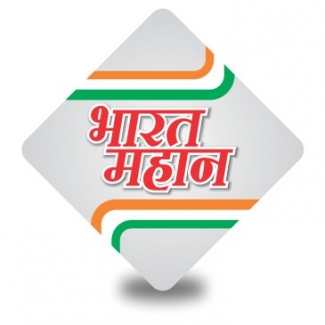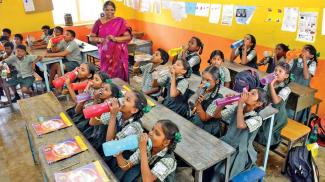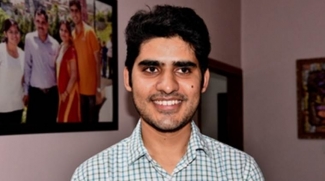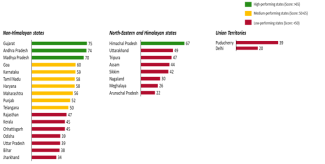
In partnership with State Governments, Department of Rural Development has completed the ranking of 50,000 Gram Panchayats on parameters of physical infrastructure, human development and economic activities. The detailed ranking may be seen at missionantyodaya.nic.in. Other relevant data with regard to household deprivations as per Socio Economic Census, physical infrastructure as per the Census 2011 and the updated status of other selected villages are also available in the public domain. This facilitates identification of gaps in a quest for Poverty Free Gram Panchayats.
50,000 Gram Panchayats have been selected in about 5,000 clusters to drive economic activities along with development of physical infrastructure and human development on a priority. Public institutions like Krishi Vigyan Kendras, MSME Clusters, other Skill Development Institutions will all be involved in developing the fullest potential of these clusters for enhancing productive employment and economic activities. The potential of these clusters, inter alia, could be in organic agriculture, horticulture, manufacturing, services, tourism, etc. Even the private sector, especially young CEOs, Start Ups and Corporate Social Responsibility Initiatives are being invited to join the movement for making Panchayats Poverty free through enhanced livelihood diversification and market linkages. The Panchayats have been selected by the State Governments purposively on the basis of social capital. These Panchayats have strong women Self Help Groups or have strong Panchayat leadership. 300 Rurban Clusters and over 750 Saansad Adarsh Gram Yojana Panchayats etc. have also been covered on priority. Through convergence of all Government programmes across Ministries and Departments, an effort is being made to diversify livelihood and to eradicate poverty of households. The Socio Economic Census provides a baseline for households and the ranking of Gram Panchayats carried out on a scale of 100 from 1st to 15th October, 2017 provides a baseline on physical infrastructure, human development and economic activities. The progress over the years would be monitored both at the level of Households and Gram Panchayats to see the change, that would be brought through interventions over the next 1000 days. Approximately 20% of the Gram Panchayats of the country have been covered initially. Over 8,600 Gram Panchayats/ clusters fall in the 115 backward districts identified for focused action. The Department of Rural Development will support States in transforming these Clusters/Gram Panchayats within a defined time frame.











